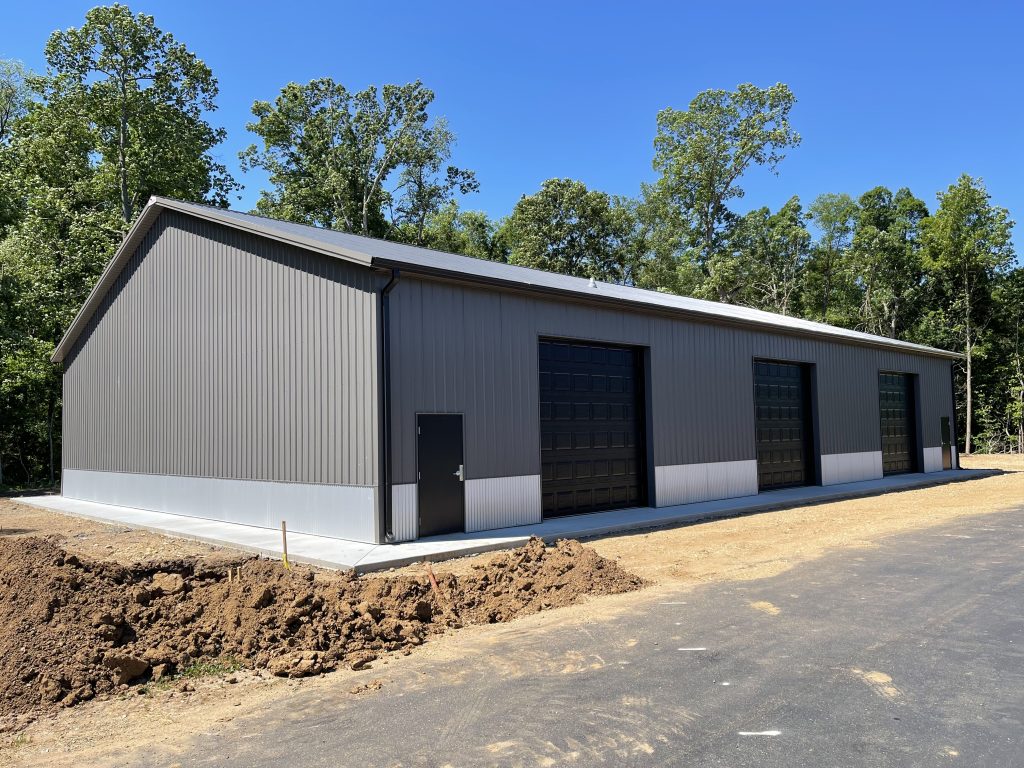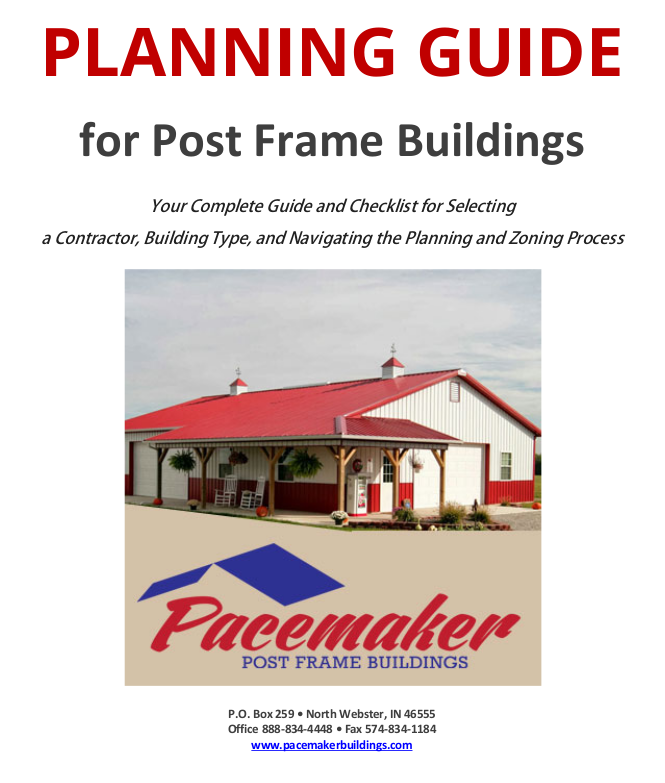
When planning a new building for your farm or commercial operation, one of the most critical decisions you’ll face is the choice between two primary construction methods: traditional and post frame. While both are excellent options for creating durable structures, they differ significantly in their construction process, and more importantly, in their overall cost. Understanding these differences is crucial for making a financially sound choice for your next storage facility, workshop, or livestock shelter.
Traditional Construction: The Conventional Approach for Commercial Use
Traditional construction, in the commercial and agricultural sectors, typically involves a continuous foundation—such as a concrete slab or reinforced footing—upon which a dense network of load-bearing walls is built. For larger structures, this often includes a steel frame system. The walls are designed to carry the building’s weight, distributing it evenly across the foundation. This method is robust and reliable, but its reliance on extensive materials and labor-intensive processes for large-scale projects can lead to higher upfront costs.
Post Frame Construction: A Smart Alternative for Your Business
Post frame construction, on the other hand, utilizes a more streamlined and efficient approach. Instead of a continuous foundation, the structure is supported by large, laminated wood columns (posts) that are embedded deep into the ground or anchored to a concrete slab. The walls themselves are non-load-bearing, which allows for wider spacing between the posts and a more open interior layout, ideal for storing large farm equipment, housing livestock, or creating a flexible commercial space. This simple, yet robust, design is precisely what makes post frame buildings so cost-effective.
The Cost Breakdown: Where Post Frame Wins
The financial advantages of post frame construction become clear when you compare the key components of the build.
1. Foundation Savings: This is often the most significant cost difference. For a large farm or commercial building, a continuous concrete foundation is a major undertaking that requires extensive excavation, materials, and labor. In contrast, a post frame foundation simply requires the digging of holes for the posts. This dramatically reduces the cost of materials, equipment, and labor, making it a much more economical option for large-footprint buildings.
2. Material Efficiency: The structural integrity of a post frame building comes from its posts and purlins, not a dense frame of studs or a heavy steel framework. This means the building uses fewer materials overall. The wider spacing between posts allows for the use of larger, more economical metal siding and roofing panels, which further reduces material costs and waste on a large-scale project.
3. Reduced Labor Costs: The simplicity of post frame construction translates directly to labor savings. The entire process—from setting the posts to enclosing the structure—is often faster and requires less on-site labor than traditional framing. A post frame crew can erect the shell of a massive equipment storage barn or warehouse in a fraction of the time it would take a conventional crew, resulting in fewer labor hours and a quicker project timeline.
4. Faster Build Time: Because post frame buildings can be erected so quickly, you save money on everything from construction financing to the cost of renting equipment. The shorter timeline also means you can start using your building for operations sooner, allowing you to begin generating revenue or optimizing your agricultural processes without lengthy delays.
5. Long-Term Energy Efficiency: While it’s not an upfront cost, post frame buildings offer a significant long-term financial benefit through energy efficiency. The wide gaps between posts allow for thicker, more continuous insulation, which can drastically lower your heating and cooling costs over the building’s lifespan. This is particularly valuable for temperature-controlled storage facilities or workshops.
In conclusion, while traditional construction is a reliable method, post frame offers clear financial advantages for commercial and agricultural applications. Its simplified foundation, efficient use of materials, reduced labor costs, and fast build time make it a smart and economical choice for a wide range of business needs.
